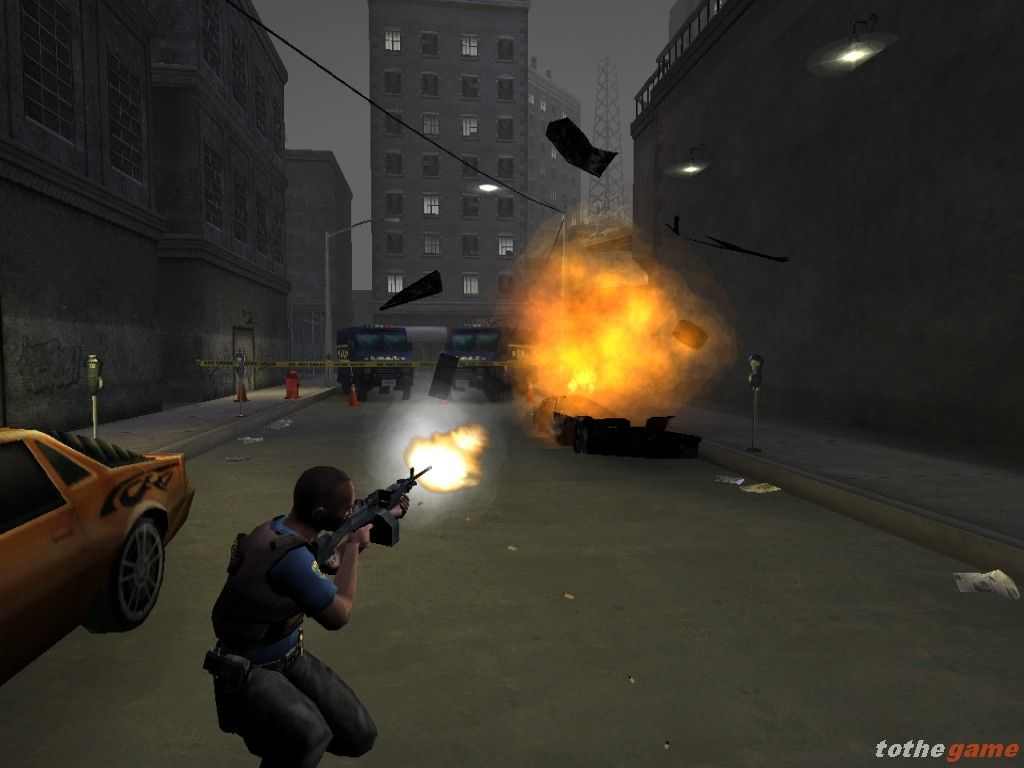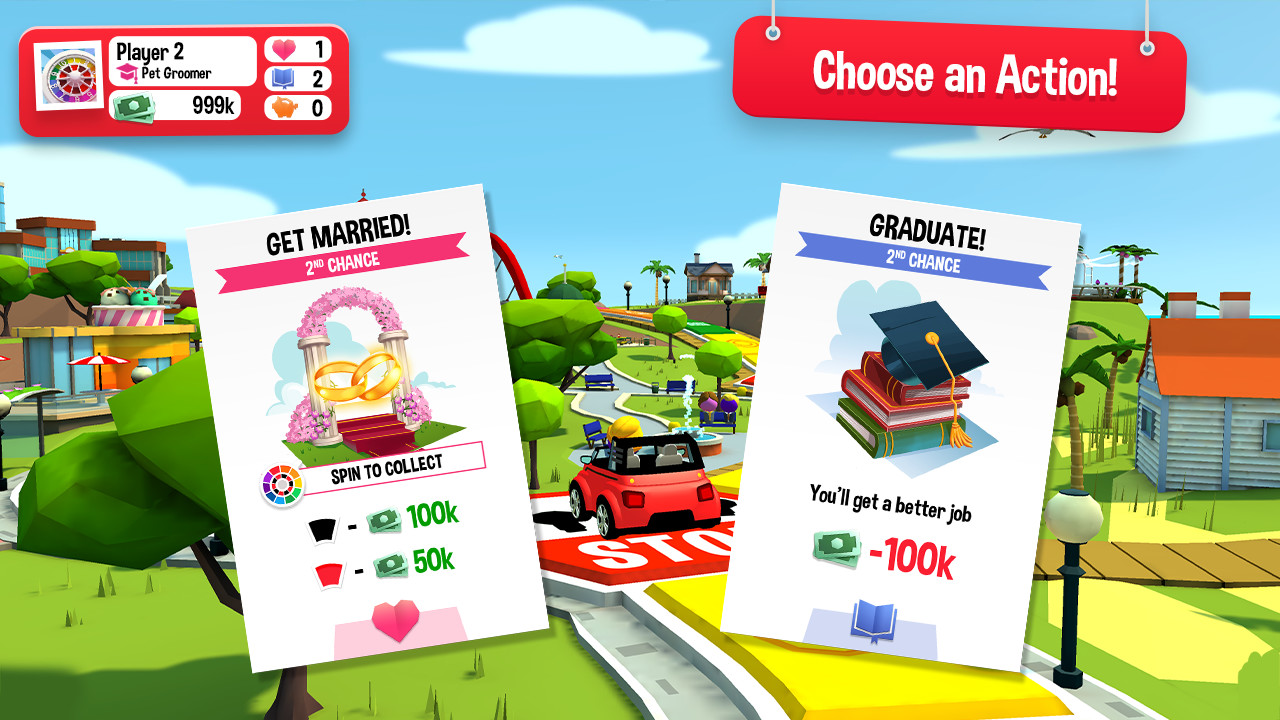

Take note.įor those that haven't played The Game of Life before, the basic idea is that you start out as a young adult having just finished school, and immediately you can make a decision between spending some of your limited funds to go to university (and then get a decent-paying job), or go out there and start working right away. It really is that simple as letting that happen, world. There are alternative themed boards to play too (note that they're basically the same layout and experience, but they do look suitably different), and there's a good eye for detail and character, such that you find yourself caring about your uneducated little delinquent and wondering how he's going to afford that pet dog he just adopted.įinally - and I really must emphasise that this is a lovely touch that most certainly wasn't a feature in the original Game of Life - when it does come time to marry you can choose a same-sex union and have children and pets and everything else that every other married couple can have.

When a piece is moving, the camera zooms right in to show your character's movement. Marmelade - a specialist developer that focuses on "classic" board games like Clue, Battleship and Monopoly - has gone overboard to make this a premium-looking board game. None of the above is to criticise the development behind the game itself.

So in that regard, The Game Of Life 2 is pretty spot-on it's marginally more decision-focused than Snakes & Ladders, but you're never going to be doing more than making binary choices as you follow a linear path around the board. The ideological implication of this game is that education and wealth are something distinct from social happiness and that success in life is defined across some very limited categories, linked up with your ability to do what society expects of you.Ībout the only theme I appreciate within The Game of Life 2 is that you've got very little agency over your progress through the game, and let's face it, none of us is ever going to get more than a very limited hand to play with in real life either. The way it abstracts a person's progress through life is very much about upholding and celebrating the status quo, and the decisions that you make along the way generally fall into trading off between being educated (with the only reward for doing so being "a better job" as though education has no value beyond the vocational payback) and being "happy" (having family and pets and such). To actually see something on the screen, use the component in the App.tsx file.Look, I know The Game Of Life is just a board game and so on and so forth, but in some ways it makes me genuinely uncomfortable. I've also wired up the 's onClick handler to call our onCellClicked() function, which tells the Life instance to toggle the appropriate Cell's state. A will be ⬛️ when the Cell is dead and 🟥 when the Cell is alive. X and y are the 's pixel coordinates on the final canvas and with and height are the 's pixel dimensions. So there I'm using two nested calls to map() that allow me to traverse the whole data structure and emit a new Konva for each Cell. Remember that life.cells is an array of arrays of Cell. Inside a, which is a wrapper for the canvas, I'm adding a (Konva renders this as an HTML canvas) that contains many rectangles, one rectangle for each of our Cells. Their goal is to obtain the optimal cell edge length and canvas size, given the amount of rows and columns and the available space for our component.įinally some TSX. Next up is the 4 lines with the computation. The forceUpdate() is just a little trick that allows us to force re-rendering. It is created with the getInitialLife() function that you added jus above the component. The component has a Life instance, which is its internal state. Import >Įnter fullscreen mode Exit fullscreen mode


 0 kommentar(er)
0 kommentar(er)
